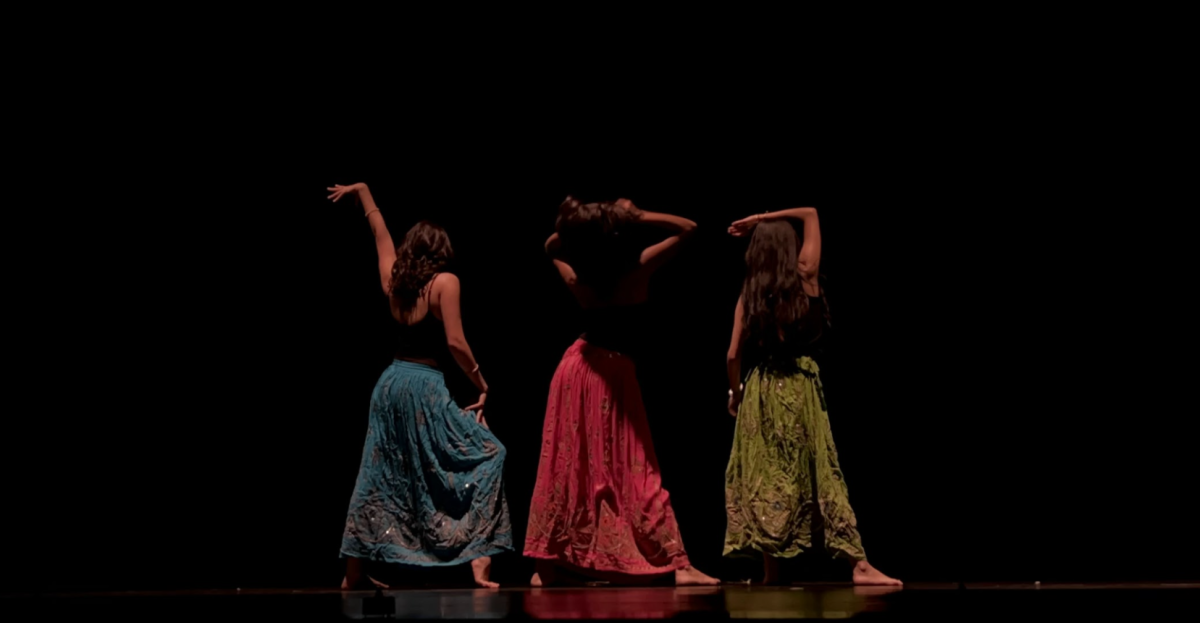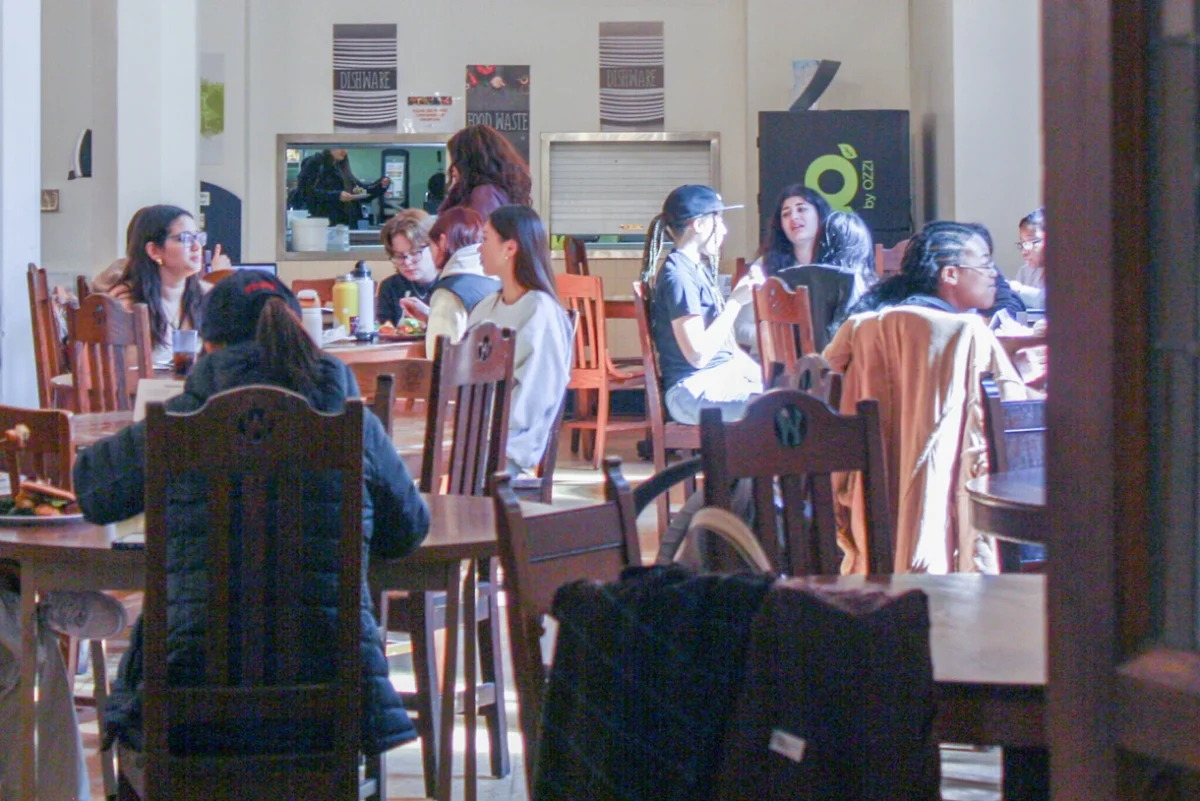In addition to a thesis, Wellesley offers students the ability to study a topic they choose or a project to do in a single semester: an independent study. These can be done in any area of study as long as one has a staff advisor. Most students to extensive research and then write a long paper exploring the subject, but other have taken more creative approaches, like making art exhibits, writing books, studying in labs, and so much more. This year, Sarah Abramson ’21 embarked on an ambitious yet rewarding independent study in engineering.
Abramson says that she studied science and math in high school, but thought that that part of her academic career was over once she declared an Africana studies major. That was, until she took an engineering class. In fall 2018 she enrolled in engineering 111: Product Creation for All with Professor Amy Banzaert. In this class she and her classmates worked with a group called Community Rowing Ink (CRI).
“[CRI] is a rowing program that’s basically trying to cater to people who are Olympians, but also paralympians and children and people with disabilities,” she explained. “They had a variety of projects for us to work on. I worked on a project that created a glove for people who had weak grip strength or things like that. So they can keep rowing even if their hand gives out.”
Abramson added that the course had made her fall in love with engineering due to the practical skills she gained.
“You’re making something with your hands, which is a skill not a lot of people our age have,” she said. “You’re taking a piece of wood or PVC pipe, or aluminum and you’re turning it into something that’s useful and that’s part of what’s kept me in engineering.”
While considering an independent study for the following semester, Abramson spoke with Rabbi Bodian who had a potential idea for her. She mentioned a family friend of hers who Abramson might be able to help. That’s when she got into contact with Colby, a student at Onondaga Community College in Syracuse, New York.
Colby has thrombocytopenia with absent radius, or TAR Syndrome, which causes ones arms to develop without the radius. For Colby, this means that his hands are fused to his shoulders. Because of this, he needs certain tools to be able to live an independent life which as a student living away from home is key. That’s where Abramson came into the picture.
She explained that he’s been using a tool that his dad made him — a four-foot wooden pole with a hook on one end and a tool hook on the other. However, it is too big to be portable. Abramson explained that the family has for years been looking for a better device for him.
“I had to create a device that was sturdy, that could extend and collapse to fit in like a backpack and something that he was comfortable using out and about.”
She explained that she had to go through several mockups to figure out a prototype that would fulfill these requirements. She showed me the evolution of the project — about a dozen prototypes made of all different materials and with different collapsing and expanding mechanisms.
“The point of mockups and sketch models are you do them even if you don’t think it’s going to work just to help you think about it. I thought about something with a button you can press on to collapse like a crutch or a cane, but that can be a hassle and a half. Then I thought about a tent pole but it wouldn’t be as stable. Then I remembered something that has actually been used in the Wellesley Engineering lab for CRI a few years back. It was a successful project. It was made for grabbing the handles of an erg, a rowing machine, for people who can’t reach that far.”
From there it was a process of finding, buying, or making the materials necessary. Once that was completed, she started sending Colby pictures of the tool and eventually mailing it to him. He was very excited and reported back that within weeks he was using it exclusively instead of the one his dad made him. Abramson explained that she is still working out kinks and improving on it but that Colby using it so extensively is the ultimate test for its usability and durability.
“It was a really intense and difficult process but it’s so rewarding to see him using it,” she added at the end of our conversation. “It’s really made it all worth it.”





